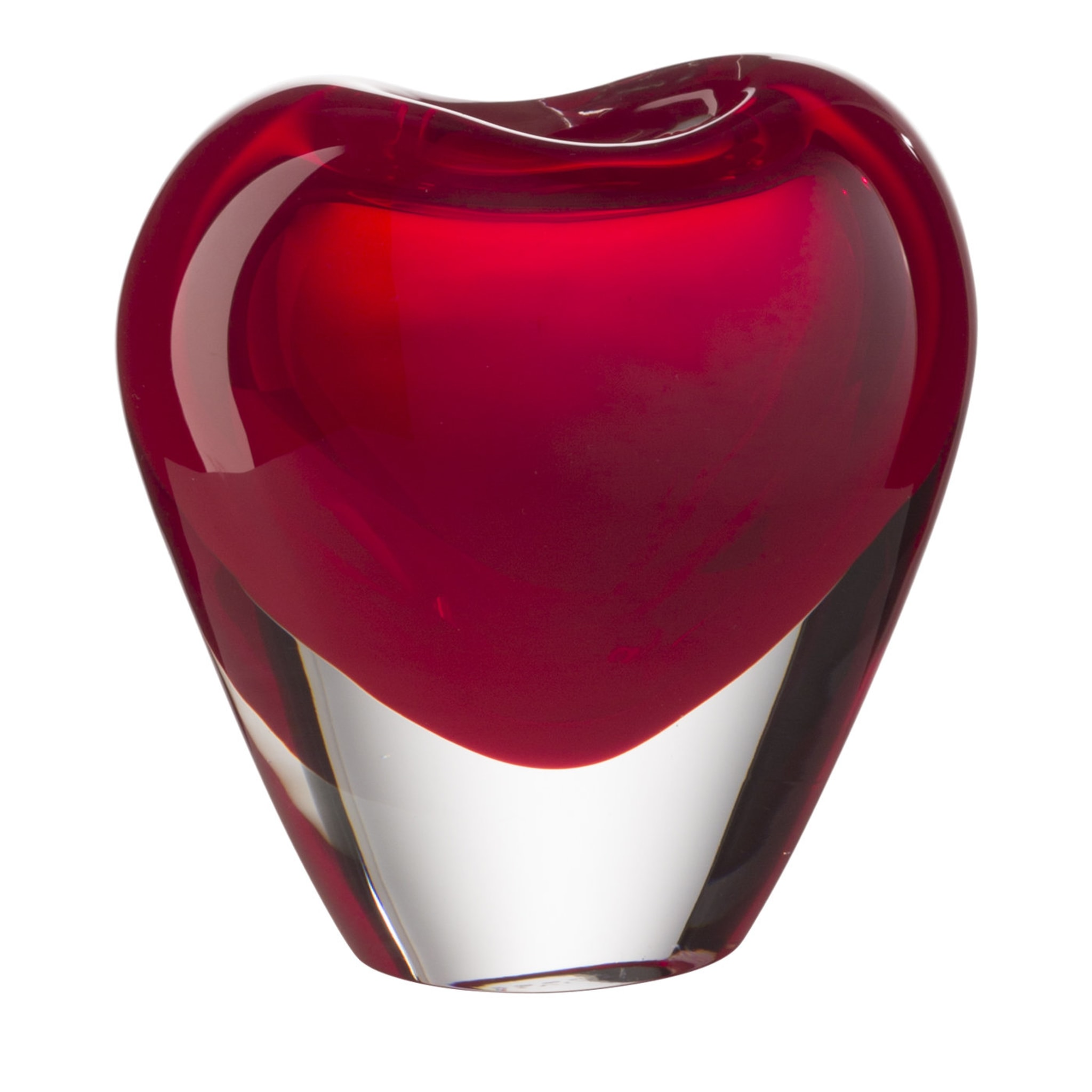
Salviati
Small Heart Murano Glass Vase by Maria Christina Hamel
USD 540
Ships in 1-2 weeks

Discover Salviati, one of the oldest Murano glass manufacturer in Venice, a staple of artisanal quality and tradition in Italy. With over 160 years of history in the craftsmanship sector, Salviati's glass décor pieces carry the timeless feel of ancient techniques combined with a talent for contemporary design.
Salviati was founded in 1859 in Venice, where master glassmakers were manufacturing incredible pieces and décor using the renowned and incomparable Murano glass. The same utmost attention to detail and unmistakable feel of artisanal quality are still employed today in a production that combines large scale techniques with an exclusively handmade process; this allows every piece to carry both the timeless look of the traditional Murano glass accessories with modern designs that fit contemporary style and preferences.
Salviati's production is divided into artistic glass, decorative objects, tableware, lighting, modular systems and a special interiors section open to designers using glass and its infinite shapes for bespoke solutions, to bring into every home a piece of Venetian tradition.
Read our interview with the company and discover Salviati's 160 years of history, explore its modern furnace and how they are constantly evolving to adapt to contemporary sceneries where artisanal craftsmanship is still needed.

Salviati
USD 540
Ships in 1-2 weeks
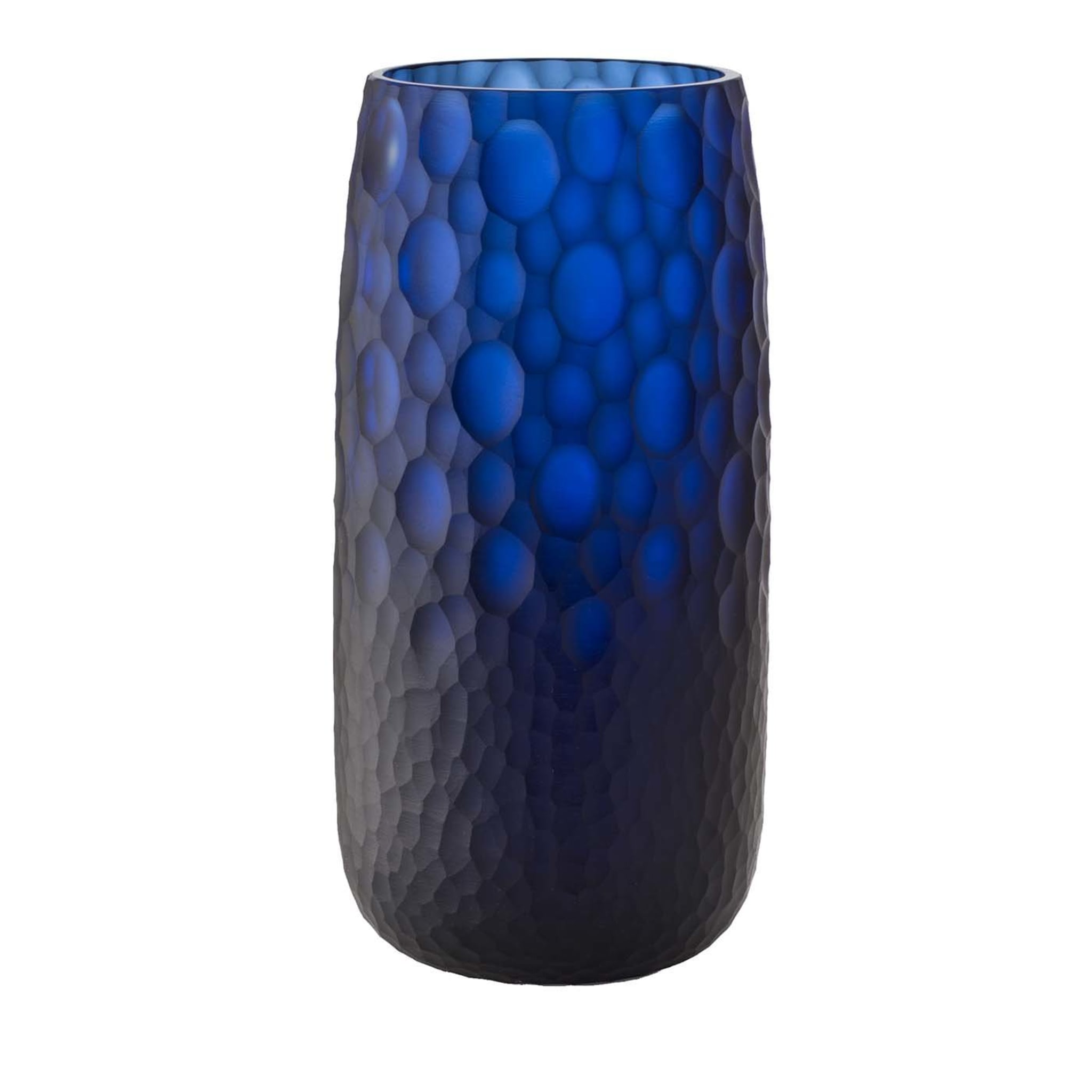
Salviati
USD 1,315
Ships in 1-2 weeks
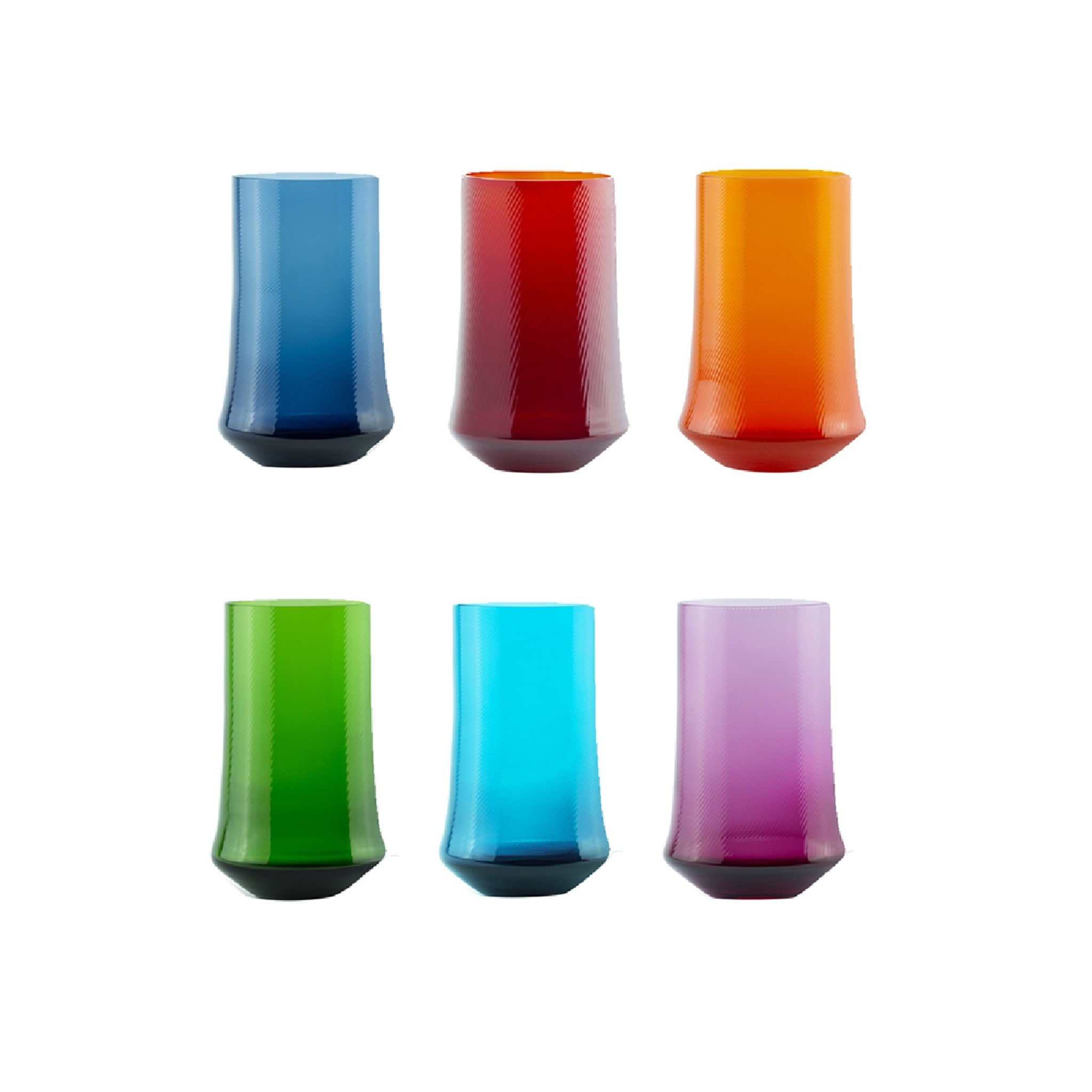
Salviati
USD 425
Ships in 1-2 weeks

Salviati
USD 220
Ships in 1-2 weeks
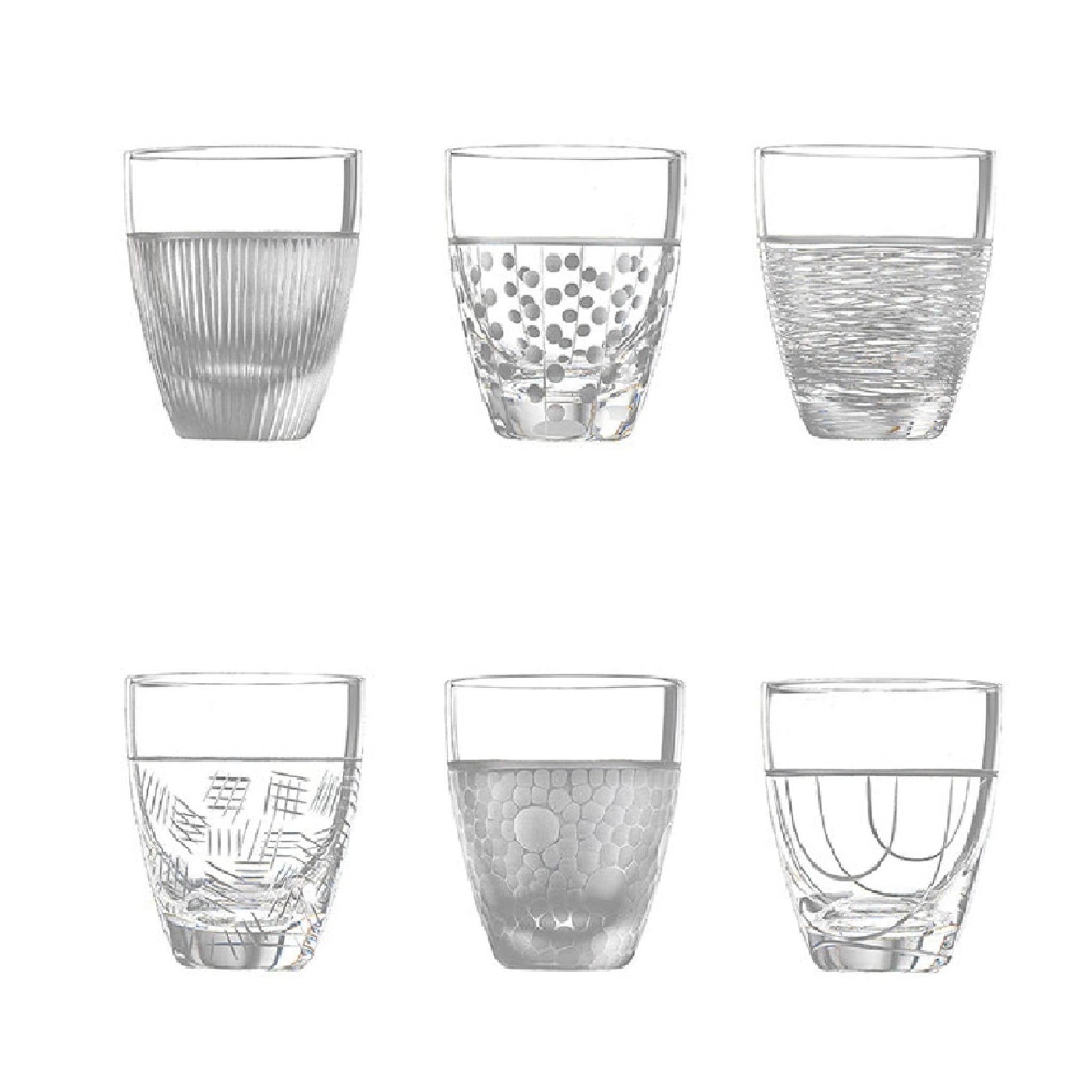
Salviati
USD 505
Ships in 1-2 weeks
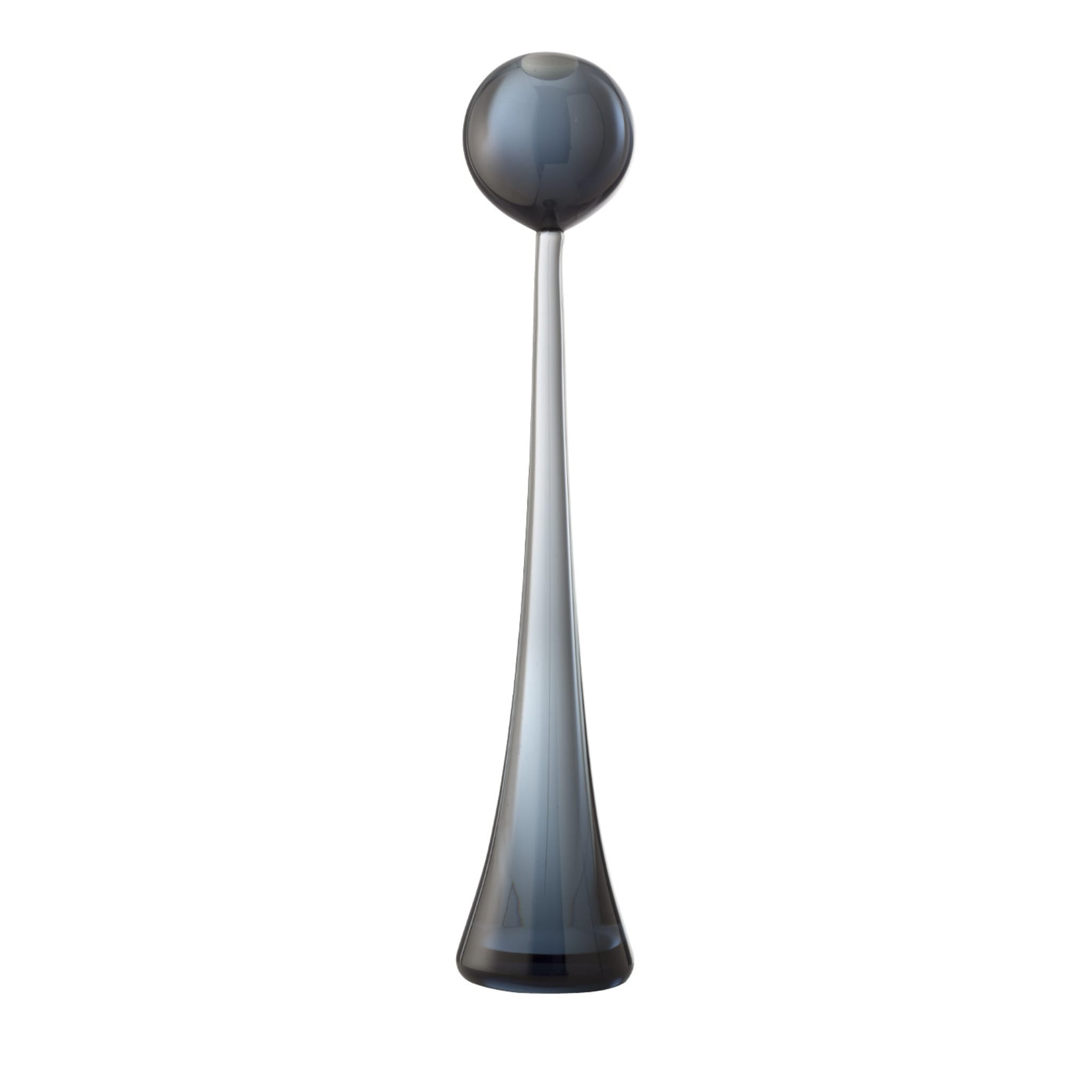
Salviati
USD 2,395
Ships in 1-2 weeks
How was Salviati born? Tell us your story.
In 1859, attorney Antonio Salviati from Vicenza founded Salviati&Co, a glassmaking company that combines the production of mosaics and enamels with that of blown glass, which soon became an international benchmark. Salviati was a determined researcher: within his furnace, he created refined lattimo glass, intricate twines made of filigrane, opalescent glass enriched with floral inserts, and exquisite threads of aventurine.
How is the value of tradition preserved and how does it evolve in 160 years of history?
Everyday Salviati pays tribute to the thousand-year old tradition of Murano glass, through the artisans who work at the furnace and through an expert management team committed to spreading the culture of hand-blown glass all over the world. Salviati distinguishes itself in contemporary design by supporting and employing a cooperative type of relationship between the artist and the workers. Salviati defines itself a modern furnace, capable of optimizing and innovating manufacturing techniques, and of combining traditional production with an experimental unit where new talents and ideas are fostered.
What inspires your collections and designs?
Salviati has always defined the contemporary design scene. As a trendsetter company, it amazes its clients with innovation and by satisfying their need for uniqueness. Salviati democratizes the concept of luxury as a trend, a necessity, as an additional value and virtue.
Is there a glass making technique that distinguishes you in particular?
Glassblowing is the most ancient technique and is the one that best represents our production. It consists in a purely handmade shaping, in which the master artisan blows the gob of molten glass through a blowpipe, to give it the form and texture planned by the designer. What distinguishes Salviati products, however, is the elegant, refined, unique, and innovative choice of hues that enhances their shape and lines.
Salviati is renowned for combining tradition and contemporary design, also thanks to numerous partnerships with international designers. Who are the first designers you worked with?
Salviati is a forge atelier where design meets innovation, where new ideas take shape and become matter, where matter becomes light and light becomes space. Many Italian and international designers have crossed our threshold in these 160 years of history, among which Luciano Gaspari, Sergio Asti, Anna Gili, Maria Christina Hamel, and Luca Nichetto.

Salviati
USD 485
Ships in 1-2 weeks
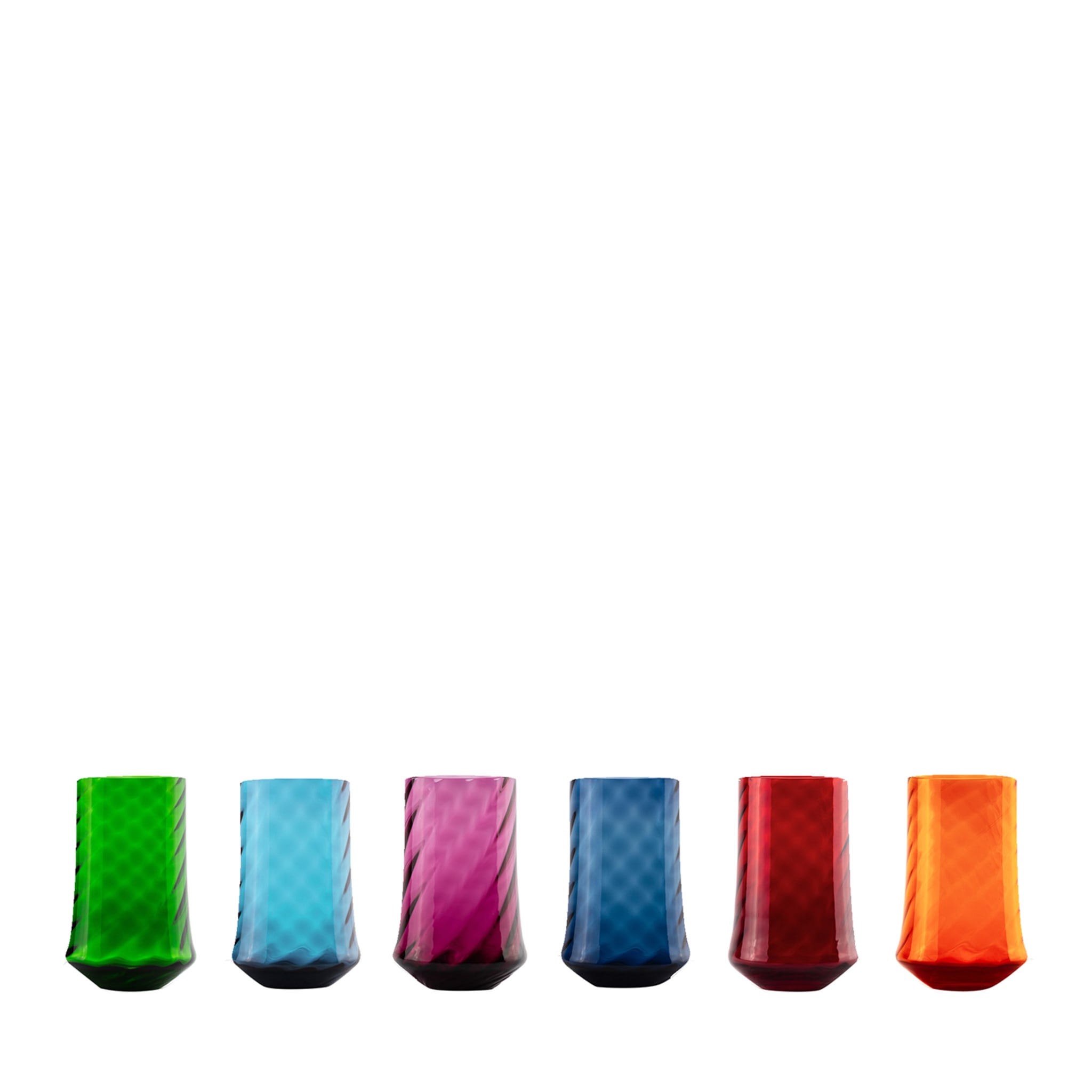
Salviati
USD 425
Ships in 1-2 weeks

Salviati
USD 2,100
Ships in 1-2 weeks
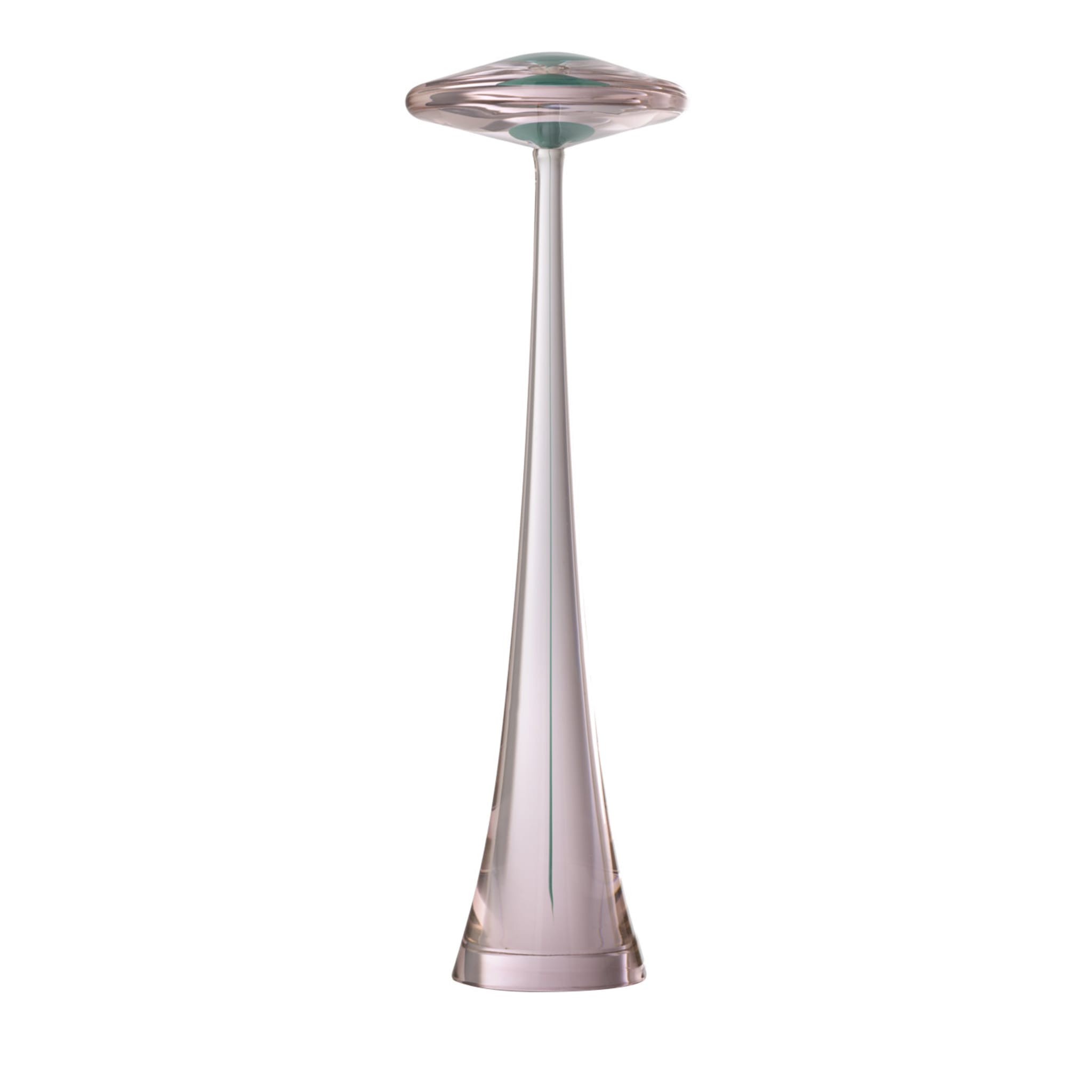
Salviati
USD 2,750
Ships in 1-2 weeks

Salviati
USD 2,465
Ships in 1-2 weeks

Salviati
USD 215
Ships in 1-2 weeks
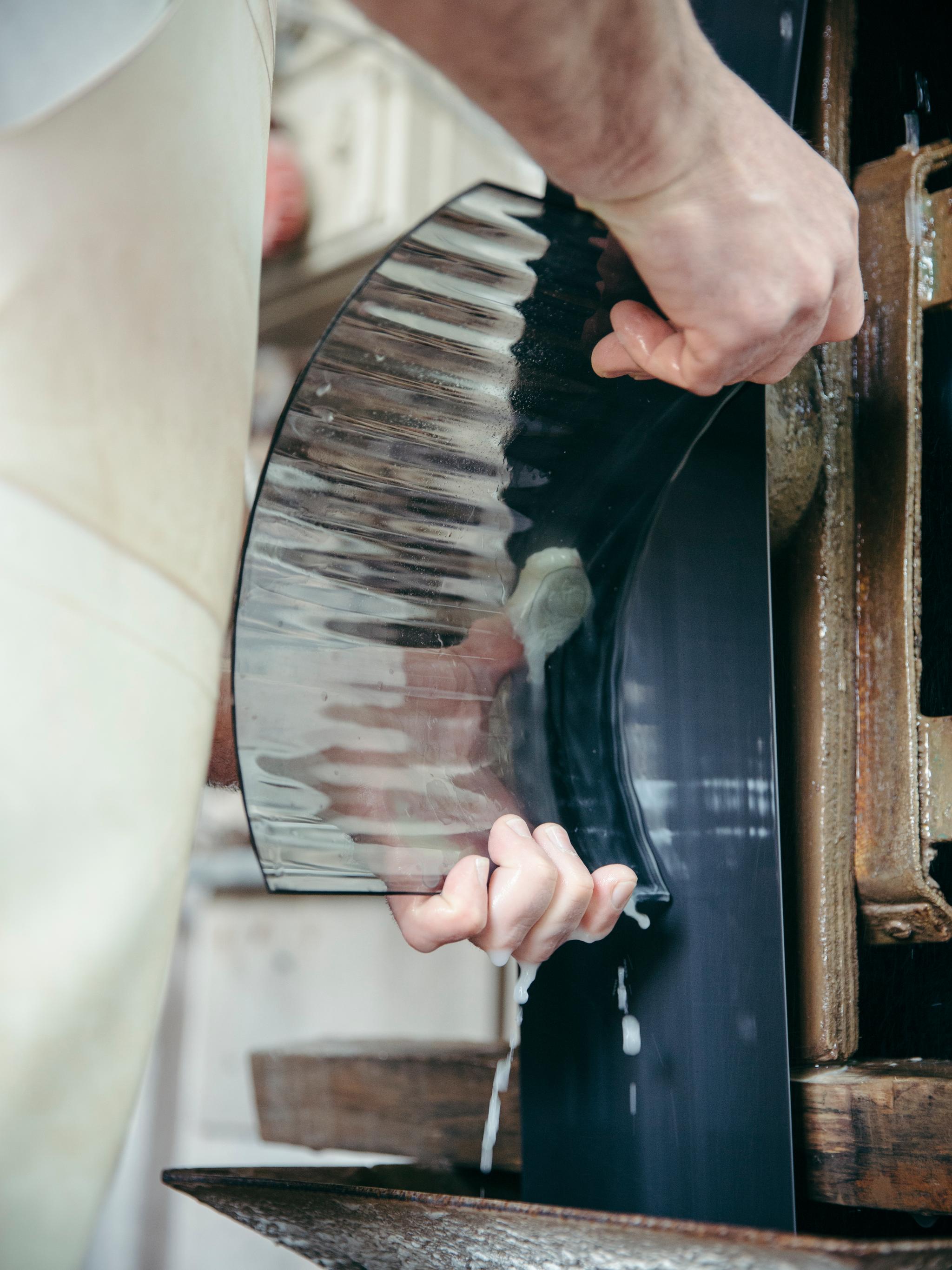

Tell us about your five most iconic pieces.
Aria, designed in 2008 by Renzo Stellon. It features decorative elements of hand-blown glass, showcasing sinuous, tapered lines marked by the “rigadìn” textural vertical lines. Then Cuore, designed by Maria Christina Hamel in 1996. Cuore is a vase boasting a heart shaped submerged glass molded with a hot finish. Elementi Lagunari is another iconic design made by Luciano Gaspari in 1958. This comprises decorative pieces in solid glass, inspired by the unique lines that make up the surface of Venice Lagoon. The fourth iconic design is Marco, created in 1962 by Sergio Asti. Winner of the Compasso d’Oro award, Marco is an innovative vase that combines new industrial technologies with traditional craftsmanship. Our fifth iconic design is Millebolle, designed by Luca Nichetto in 1999. It is a series of vases boasting air bubbles in their geometric silhouettes, creating an exquisite meshing of transparencies and delicate hues.
What would you recommend to see in Venice to a first-time visitor?
The Murano Islands with their renowned tradition of glassmaking; Burano with its famous lace (“merletto”) and its colorful houses; then Torcello with its Byzantine history, and Sant’Erasmo with its splendid vegetable gardens. It is lovely to simply get lost in the Venetian streets and squares (“calli e campielli”) and look up at the rooftops. The facades of the historical buildings will tell you everything there is to know about the 1600 years of the Serenissima.
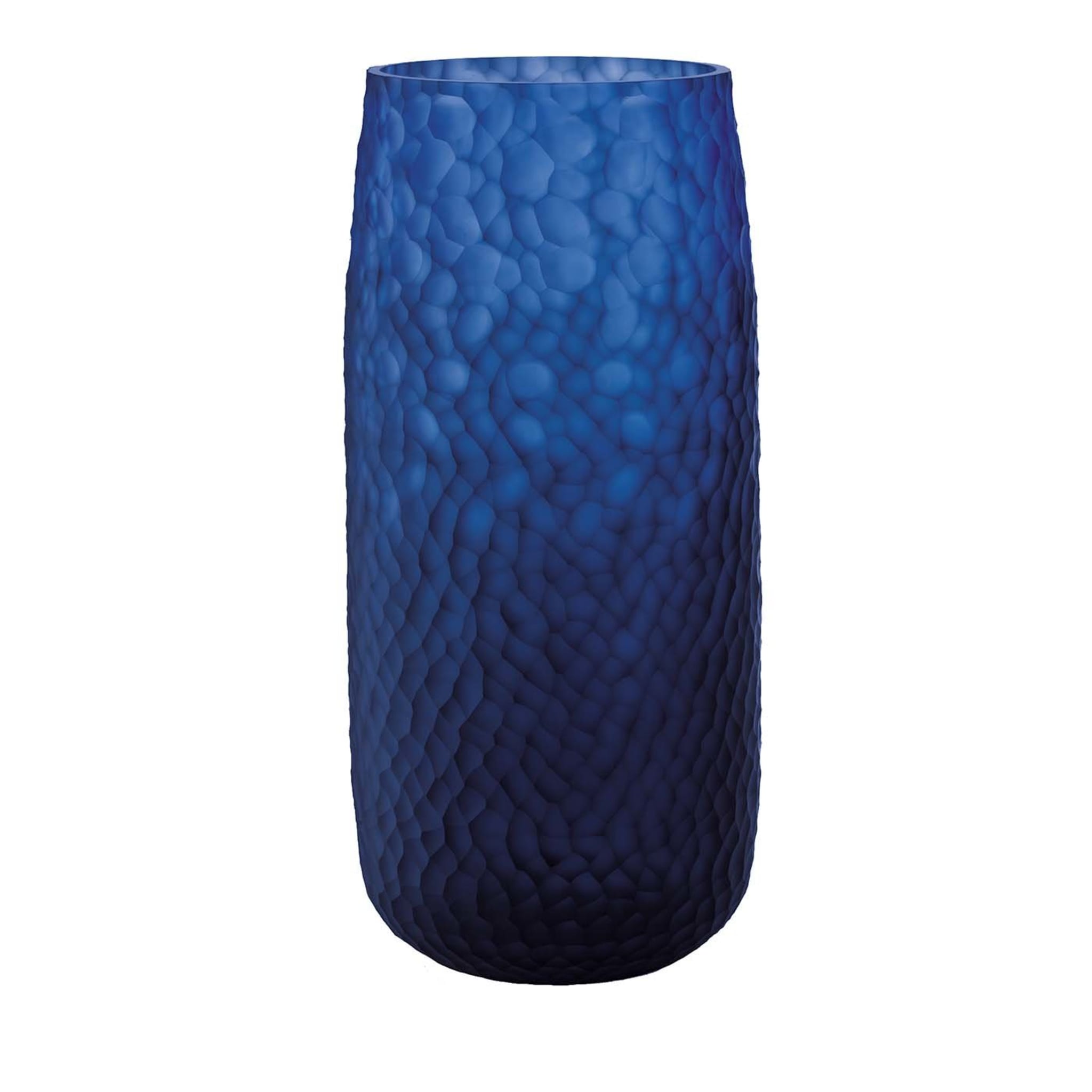
Salviati
USD 1,815
Ships in 1-2 weeks
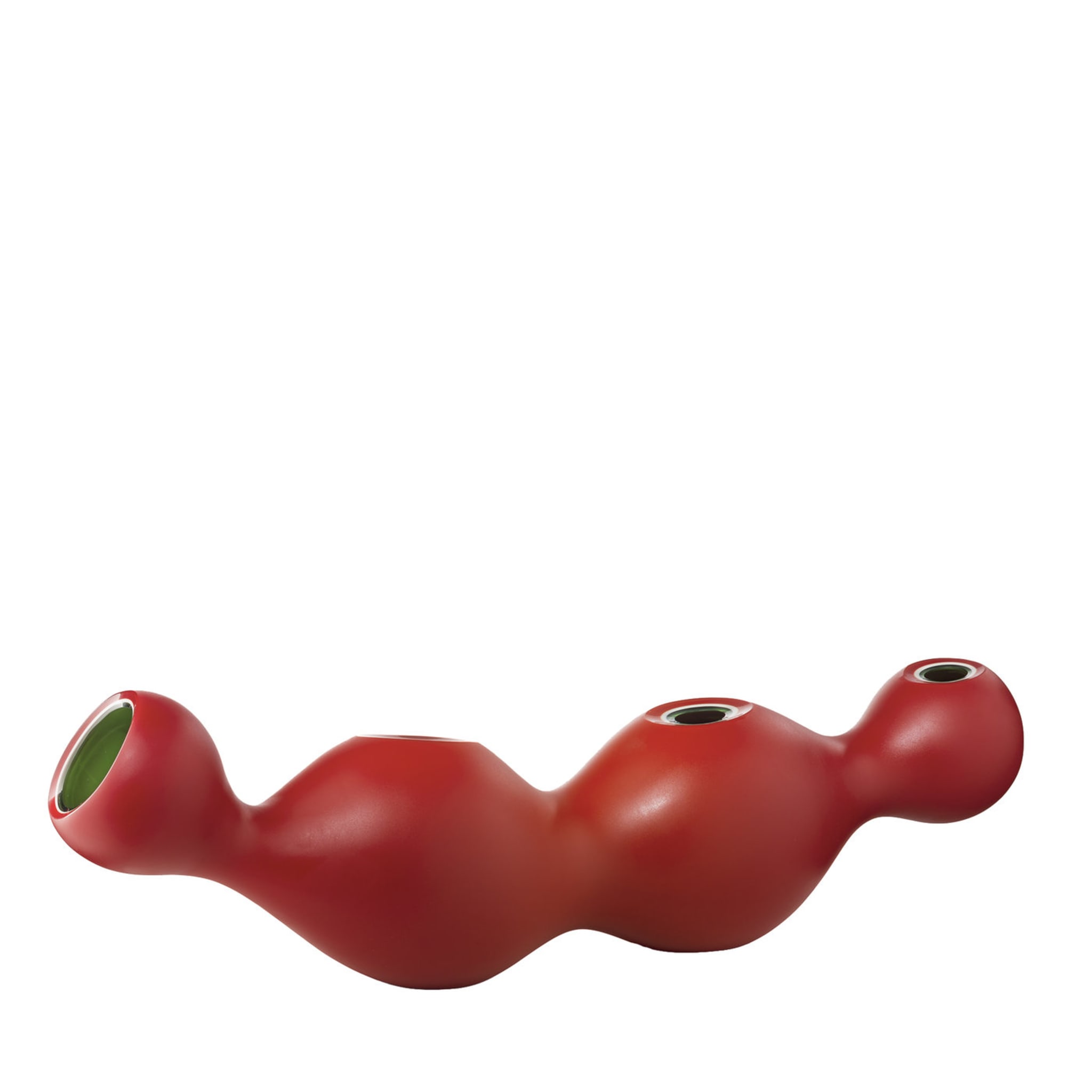
Salviati
USD 4,015
Ships in 1-2 weeks
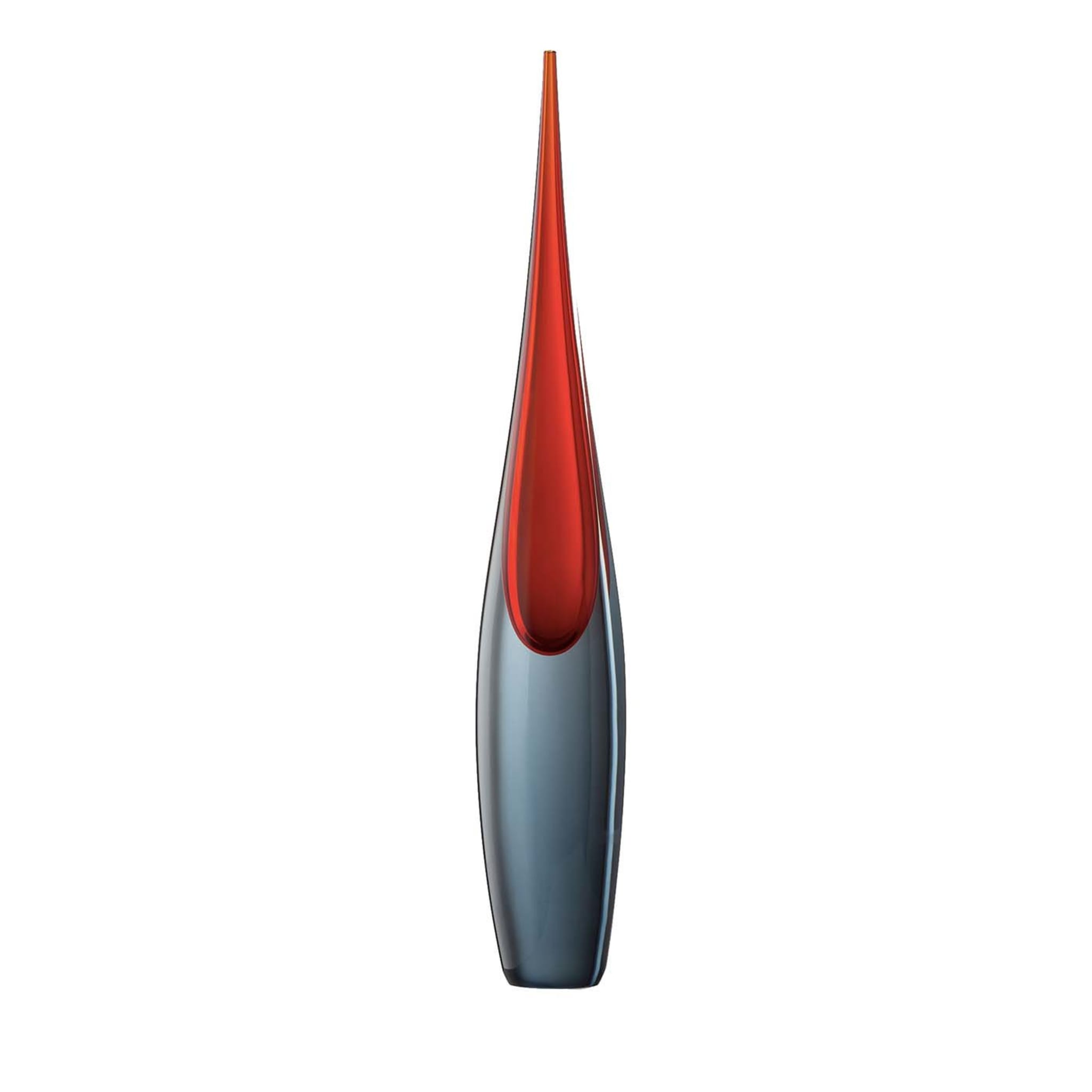
Salviati
USD 2,100
Ships in 1-2 weeks
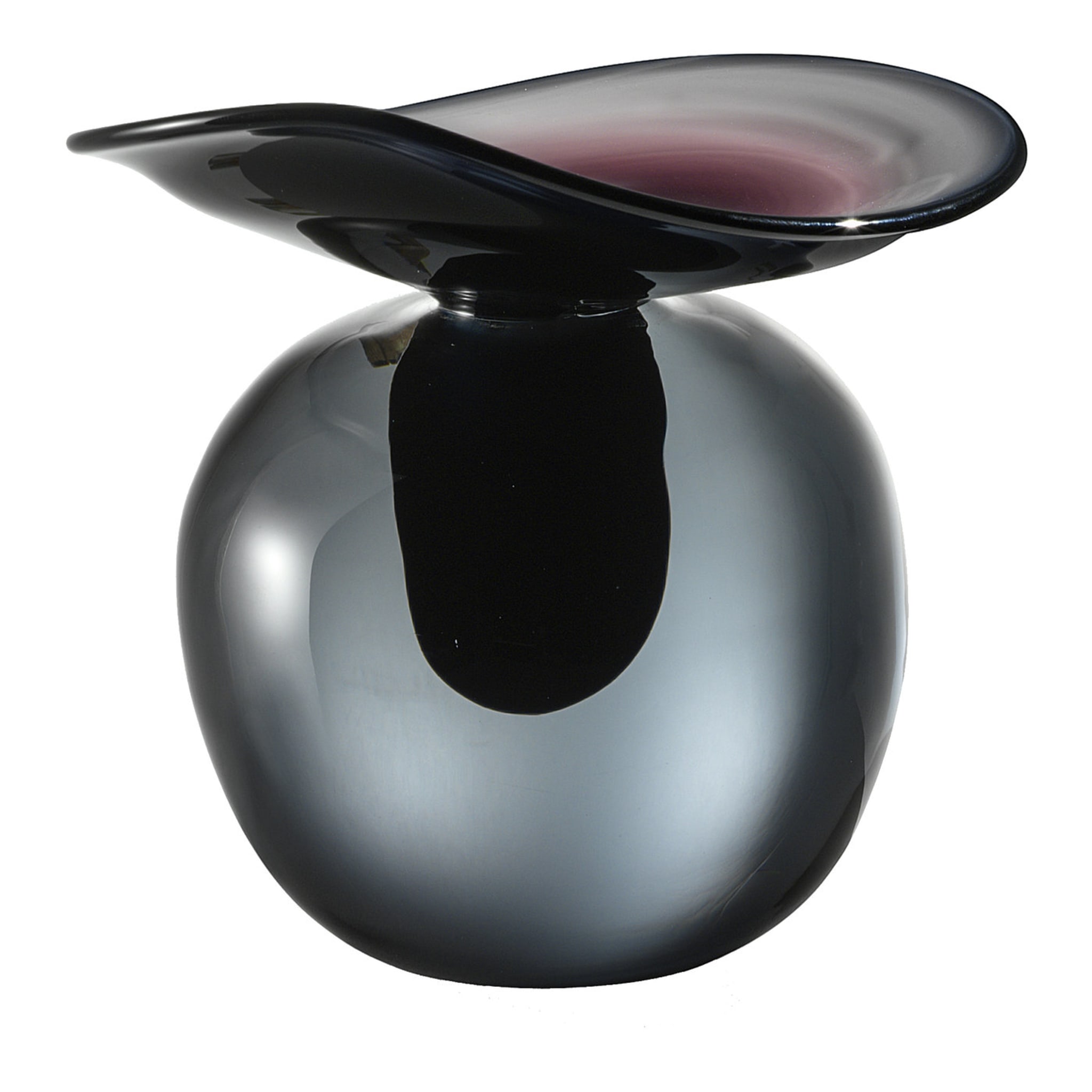
Salviati
USD 1,995
Ships in 1-2 weeks
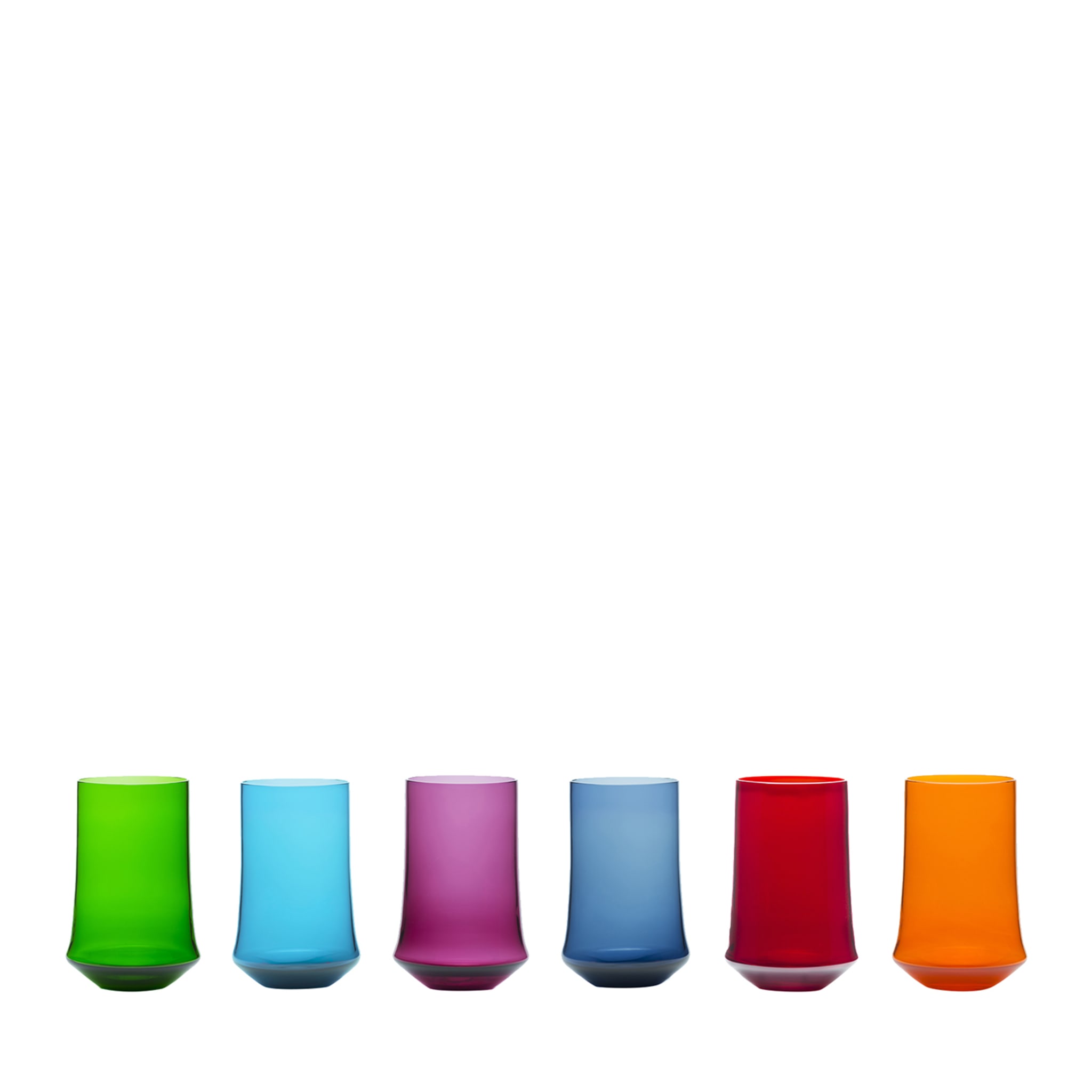
Salviati
USD 405
Ships in 1-2 weeks
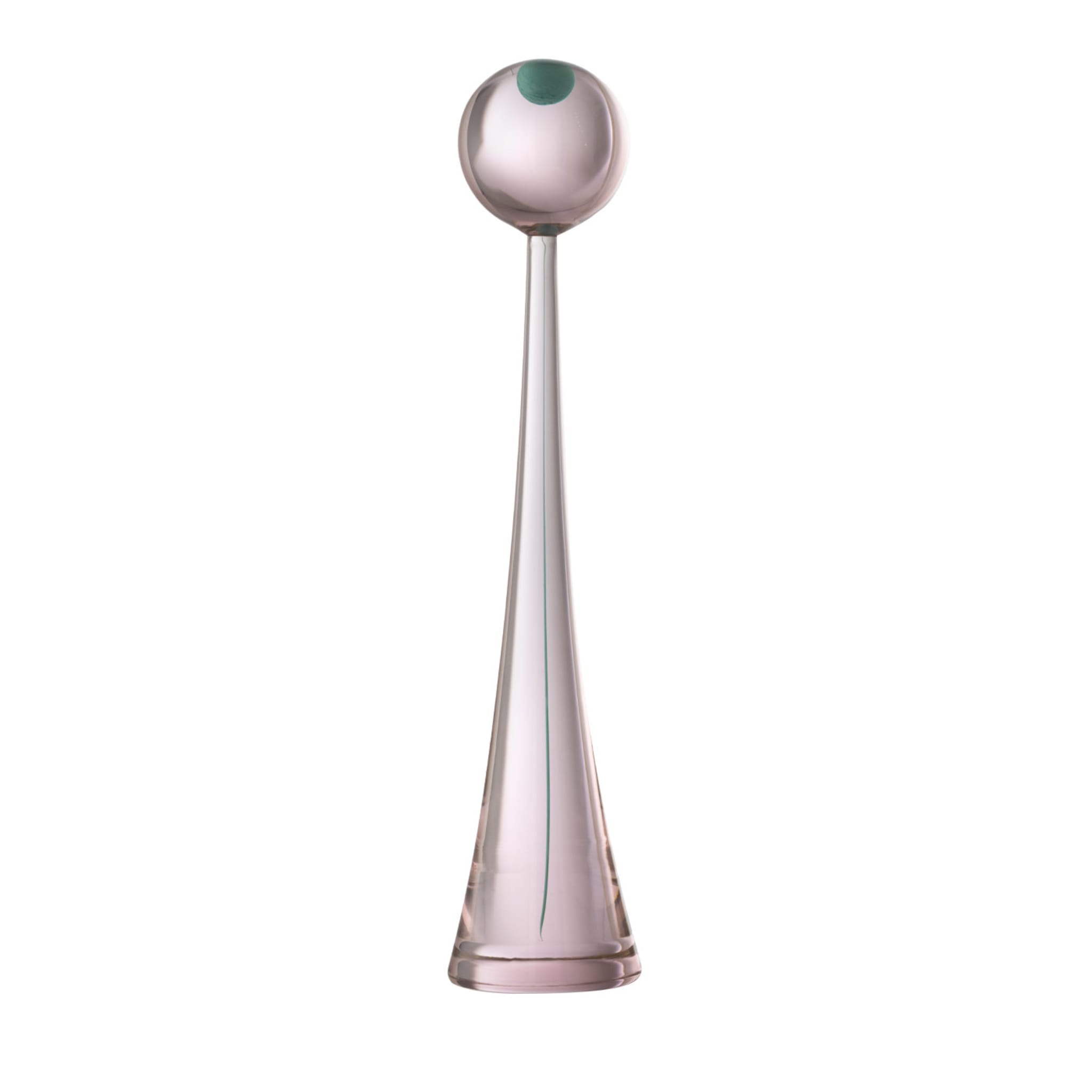
Salviati
USD 2,750
Ships in 1-2 weeks

Meet the Tonucci family, founders of Tonucci Collection in the heart of Marche. The brand is commi…

Discover the story of Vévé Glass, a Venice-based company with over three decades of glassmaking ex…